National Grid, Fire Officials Urge For Safety in Snow Removal
Sunday, February 16, 2014
National Grid and local fire officials urge New Englanders to focus on safety during the snow removal process while the region recovers from another winter storm.
Heavy, wet snowfall has accumulated throughout New England, and as customers clear snow from roofs and driveways, it is important to remember to avoid power lines and natural gas equipment.
Overhead power lines are often not insulated, and they carry enough energy to cause serious injury or even death. If you plan to remove snow from your roof, remember to keep your distance from electrical service lines and keep ladders and other equipment at least 10 feet away from power lines at all times.
GET THE LATEST BREAKING NEWS HERE -- SIGN UP FOR GOLOCAL FREE DAILY EBLASTIf you see a downed line, keep others away from it and call National Grid immediately at 1-800-465-1212.
National Grid also reminds its natural gas customers to use caution when clearing snow to avoid covering or damaging natural gas lines, meters, regulators, and intake and exhaust vents to prevent carbon monoxide from building up. Customers should keep their gas meters clear of snow and should be careful not to drop heavy rooftop snow onto any outside meter. Customers should also use care when shoveling or plowing near outside gas lines, because damage to this equipment can result in a natural gas leak.
If you detect a natural gas leak, National Grid recommends that you evacuate the premises and call National Grid’s gas emergency number from a safe location:
Massachusetts: 1-800-233-5325
Rhode Island: 1-800-640-1595
National Grid offers the following tips for customers to minimize inconvenience and maximize safety after winter storms:
- National Grid customers who experience outages should call National Grid’s outage line at 1-800-465-1212 immediately to expedite restoration.
- Never touch downed power lines, and always assume that any fallen lines are live electric wires. If you see one, report it immediately to National Grid or your local emergency response organization.
- When clearing snow from your roof, remember to keep ladders and other equipment at least 10 feet away from power lines at all times.
- The safest way for homeowners to remove snow from roofs is from the ground using a long-handled roof rake.
- Natural gas customers should closely inspect areas around and over gas meters, service hook-ups and vents for ice and snow that could damage equipment or build up to prevent carbon monoxide from properly venting.
- NEVER burn wood or coal in an indoor area without proper venting. Be sure space heaters and wood stoves are in good condition, have adequate ventilation and are used in strict compliance with the manufacturer’s instructions. Portable gas and charcoal grills intended for outside use should never be used indoors, or even inside an open garage.
- NEVER use your gas range to heat your apartment or house. Your range's oven and top burners are designed to cook your food, NOT to heat your home. Prolonged use can reduce oxygen levels in the home and contribute to unusually excessive levels of carbon monoxide.
- Make sure your carbon monoxide alarms are working and if you experience a prolonged power outage, be prepared to replace the back-up batteries in plug-in style alarms.
- If you suspect carbon monoxide is present in your home, go outside immediately and call 911. After calling 911, call the appropriate National Grid emergency contact number: 1-800-233-5325 in Massachusetts and 1-800-640-1595 in Rhode Island.
Related Slideshow: Top 10 Blizzards in RI History
Related Articles
- Ghiorse Update - Providence May Get 12 Inches of Snow
- Organize + Energize: The Snowball Effect of Clutter
- WEATHER UPDATE: Snow Coming Tonight, Storm Outlook For Weekend
- GoLocal Sports Gets Snowed In
- Providence Financial Giant Staggers Under Snowden Suits Fallout
- WEATHER UPDATE: Storm Will Dump Bulk of Heavy Snow Late Thursday
- 14 Great Snow Tubing Spots in New England
- How Did the City of Providence Do in Snow Removal?
- SUNDAY WEATHER UPDATE: Snow Tapering in RI, Biting Winds
- WEATHER UPDATE: Weekend Storm Bringing 3-6 Inches of Snow to RI
- AM WEATHER UDPATE: The Blizzard of ‘13 Not Over—Prepare For More Snow
- NEW: More Snow Expected in RI This Weekend
- Storm Update: Mix of Sleet + Snow to Continue Through Afternoon
- Brown University to Host Senator Olympia Snowe
- NEW: Weekend Storm Heading For RI—More Snow Possible
- THURS AM WEATHER UPDATE: High Winds + Heavy Snow In RI Later Today
- College Admissions: Best Ski + Snowboard Colleges in the East
- NEW: Weekend Storm Hitting RI Saturday Afternoon—Mixed Snow/Rain
- Urban Gardener: Paradise Survives Snowstorms!
- College Admissions: Best Ski + Snowboard Colleges in the West
- NEW: Weekend Storm Intensifying, Could Bring More Snow To RI
- Leonard Moorehead, The Urban Gardener: Seeds in the Snowbed
- Getting Out: New England’s Best Snow Tubing Spots
- Newport Manners + Etiquette: Snow Shoveling Etiquette + More
- Leonard Moorehead, TheUrban Gardener: Snow is Good for Gardens


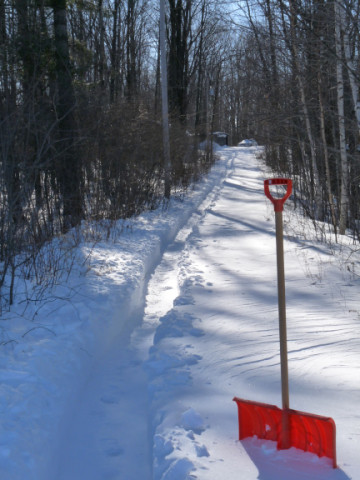
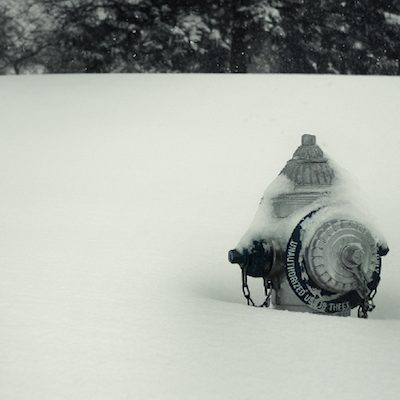
.png)
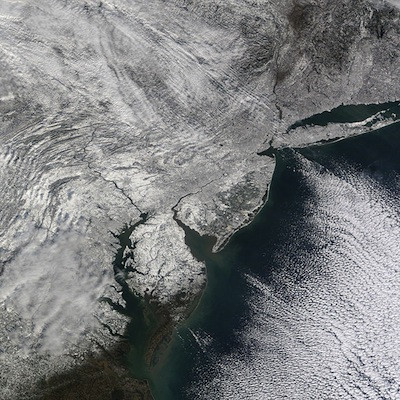
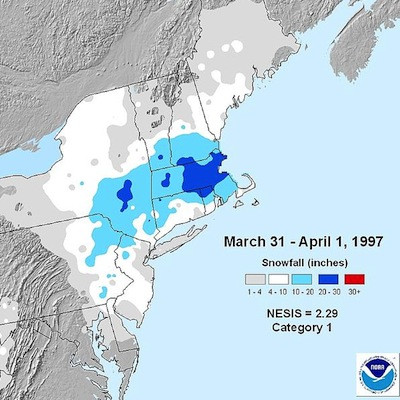
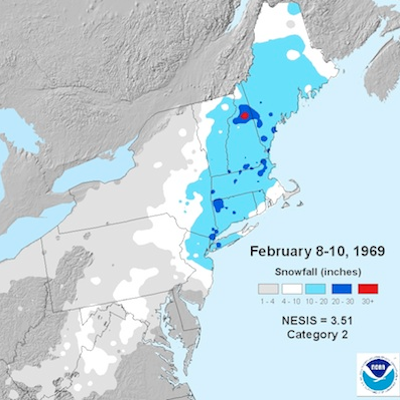
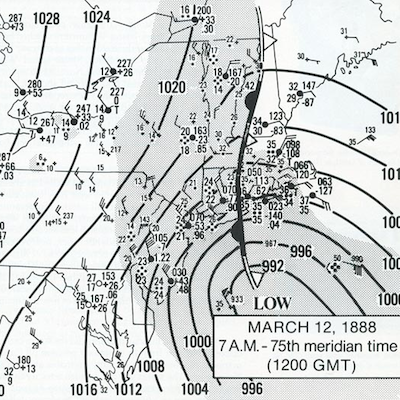
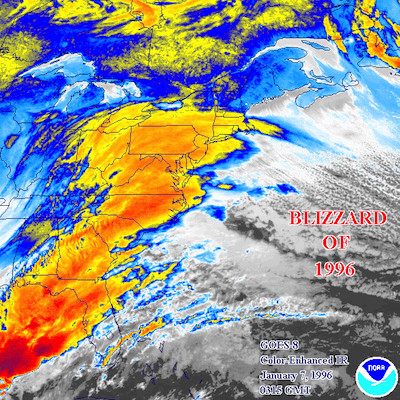




_80_80_c1.png)








